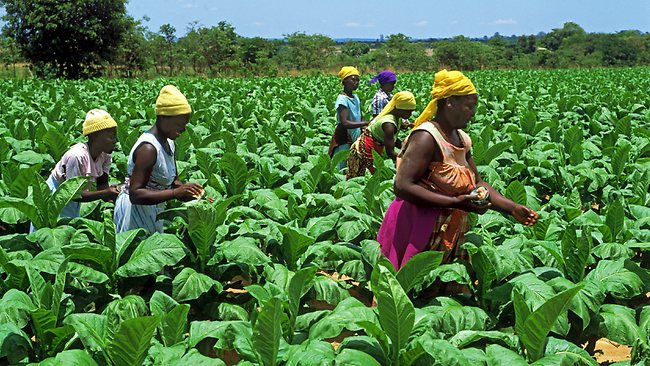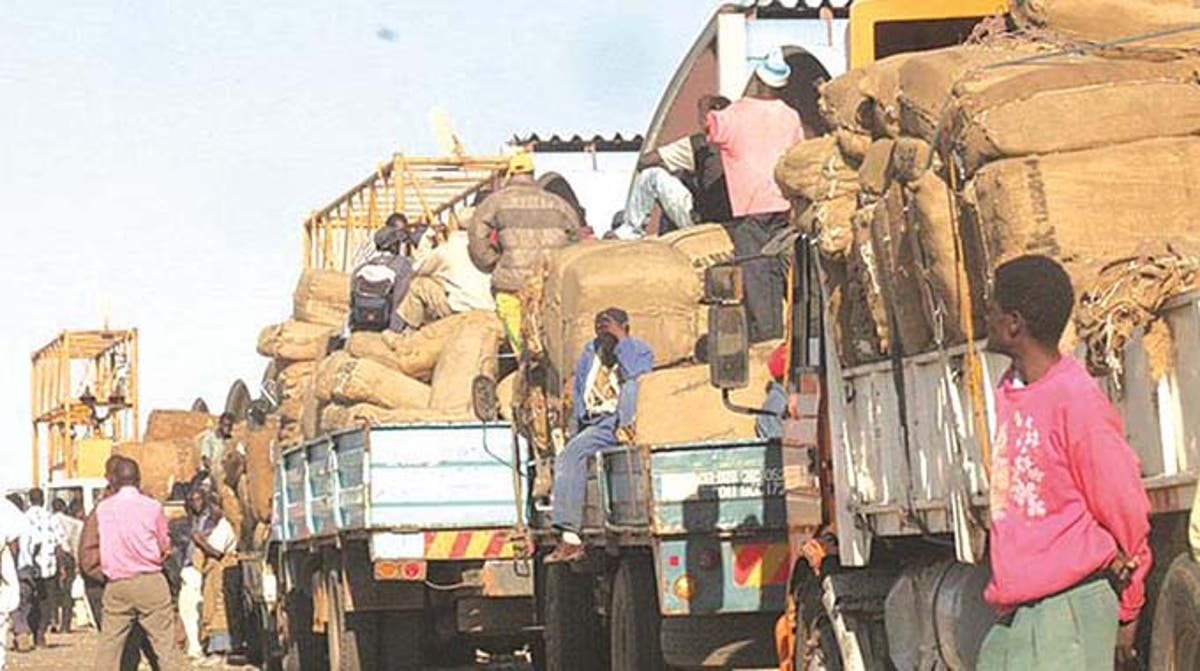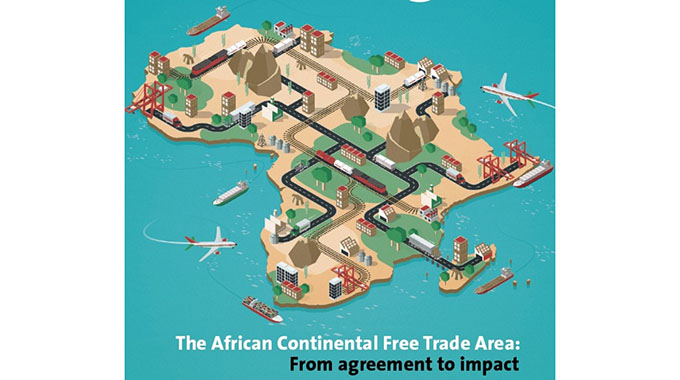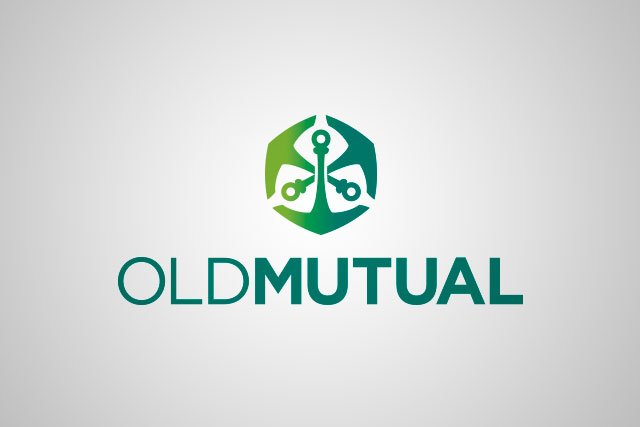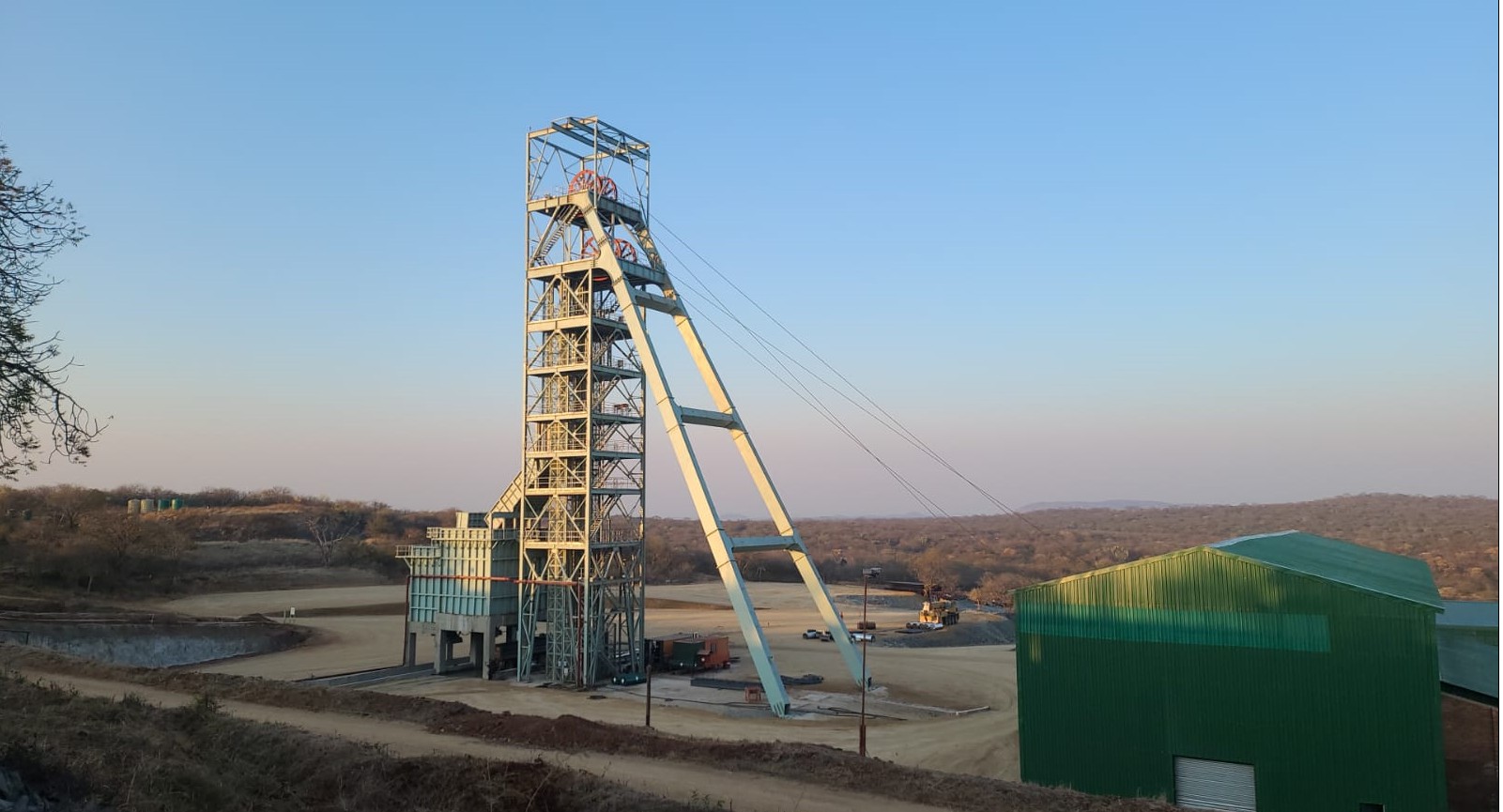Caledonia’s golden mirage? Why record profits may be hiding strategic drift
HARARE – Caledonia Mining Corporation has once again delivered an earnings report that suggests operational excellence. With gross profits almost doubling year-on-year, a significant surge in earnings per share, and a respectable dividend payout, the Q1 2025 presentation is dressed in success. But as any discerning investor or analyst knows, financial performance in isolation can often be a mirage—especially in mining, where the interplay between operational reliability, asset quality, geopolitical exposure, and capital discipline ultimately determines long-term value.
Upon peeling back the celebratory headlines, Caledonia’s latest quarter presents a troubling cocktail: stagnating organic growth, creeping cost pressures, rising exposure to sovereign risk, and an opaque strategy regarding its future growth assets.
Caledonia reported Q1 2025 gold production of 19,106 ounces, a 9% increase over the same quarter in 2024. On paper, this looks positive. But historical context tells a different story. For a company that has invested heavily into deepening and modernising the Blanket Mine—especially through the Central Shaft project—production remains stubbornly range-bound.
In fact, output across the last ten quarters has hovered between 16,000 and 20,000 ounces. There is little evidence that Caledonia is scaling towards the 80,000–100,000 oz/year profile that would warrant re-rating by global investors. Blanket’s average head grade in Q1 was 3.09g/t, within historical norms, and while tonnage milled slightly improved, there was no technological leap or significant process optimisation to celebrate.
The company highlights that this production growth was achieved without high-grading, suggesting operational prudence. But the strategic question remains: if this is what optimal production looks like, where does growth come from next? Without a clear, near-term production increase from Bilboes or any new deposits at Blanket, the growth story risks stalling altogether.
Mining is a margin business. And while gold prices provided a much-needed tailwind—averaging US$2,896/oz versus US$2,040/oz last year—the company’s costs are rising alarmingly.
Blanket’s on-mine cost per ounce in Q1 2025 came in at US$1,065, up from US$1,050–US$1,150 the previous quarter. More worryingly, all-in sustaining costs (AISC) jumped to US$1,797/oz, up from US$1,350 just a year ago—a nearly 33% increase. This isn’t seasonal noise; it signals a deeper inefficiency.
While management points to inflationary pressures, administrative expenses, sustaining capex, and royalties as culprits, the reality is that Blanket—an underground operation—has become more expensive to run. With limited scope to cut corners due to regulatory scrutiny and safety concerns, the company may be entering an era of structurally higher costs.
This is deeply problematic. If gold prices revert to their historical mean, or even slip marginally, Caledonia’s margins could evaporate. Without meaningful cost reforms, the company risks becoming a marginal producer in an increasingly competitive gold mining space.
Bilboes: Visionary Growth or Capital Sinkhole?
The Bilboes gold project, acquired in late 2022, was positioned as Caledonia’s next growth pillar. However, two years later, it remains more of a PowerPoint promise than a production reality.
The company states that a Preliminary Economic Assessment is underway and that it is revisiting pit scheduling, metallurgical processing, and even project scale. This sounds less like optimisation and more like a wholesale rethink of the original strategy. There are even suggestions of possibly exporting concentrate—a deviation from the original integrated production plan.
More damning is the lack of a committed capital timeline. Investors are left with vague statements about scoping studies and “engaging with debt funders” later in the year. This is concerning. If Bilboes is to serve as Caledonia’s growth engine, the current pace and lack of transparency are unacceptable.
The elephant in the room? The capex burden. Without a strategic partner or alternative funding mechanism, Bilboes could either saddle Caledonia with unsustainable debt or force dilutive equity issuance—both of which would erode shareholder value.
The Q1 2025 cashflow statement shows an operating cash inflow of US$13.3 million. While this is a marked improvement from the US$4.9 million in Q1 2024, it is largely a function of record-high gold prices rather than operational efficiency.
Cash and cash equivalents at quarter-end stood at just US$4.6 million, with group net cash at a precarious US$18.6 million by April. Against this backdrop, Caledonia maintained paid a 14-cent dividend.
The balance sheet does not have the robustness to absorb multiple shocks. A slip in the gold price, cost overrun at Bilboes, or another FX loss could easily swing the company back into negative cashflow territory. Without additional capital or a strong free cash flow buffer, the company may be forced to sacrifice growth or resort to short-term borrowing—both of which carry implications for long-term sustainability.
Caledonia Mining Corporation finds itself at a critical juncture. While the company is posting record profits, this appears to be more a consequence of a buoyant gold market than internal transformation. There is no denying that Caledonia has delivered consistent results from Blanket, but it now faces the risk of becoming a legacy miner with a decaying growth story.
Cost pressures in Zimbabwe, and unclear timelines for Bilboes are all flashing red lights. Investors must demand sharper execution, greater transparency, and above all, a bold but realistic growth strategy that is not tethered solely to Zimbabwe’s fortunes.
-finx


